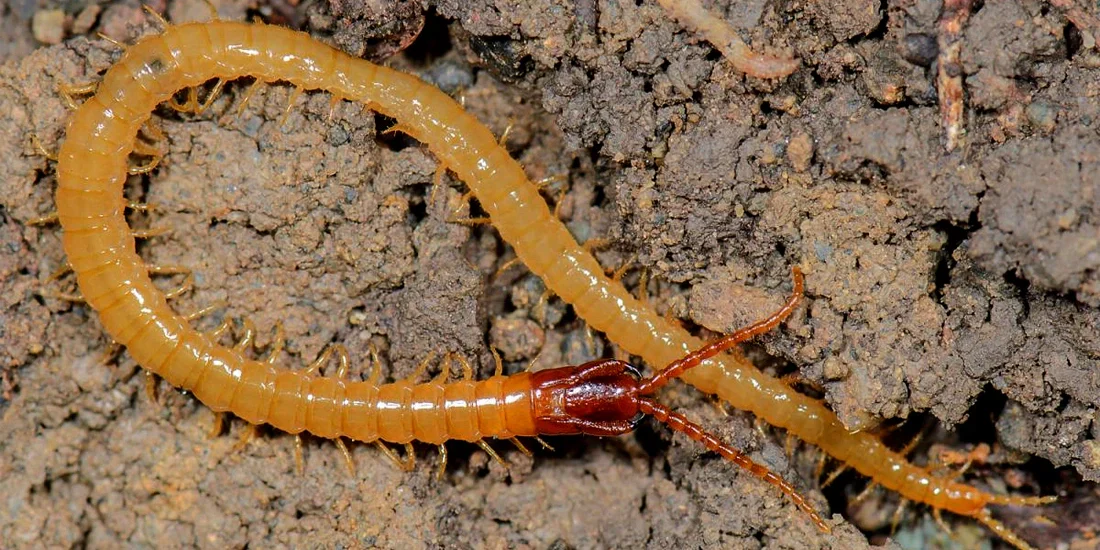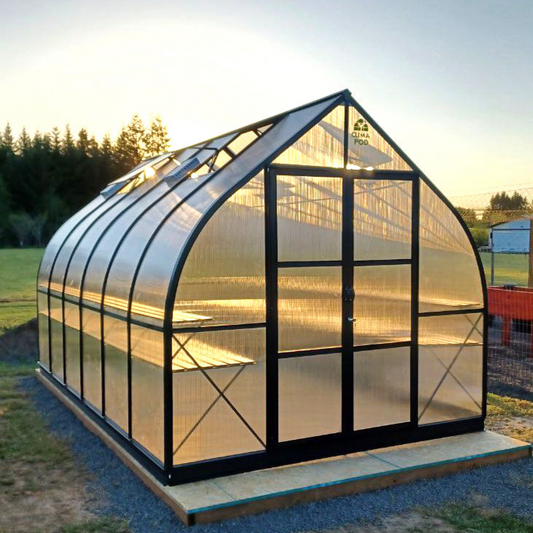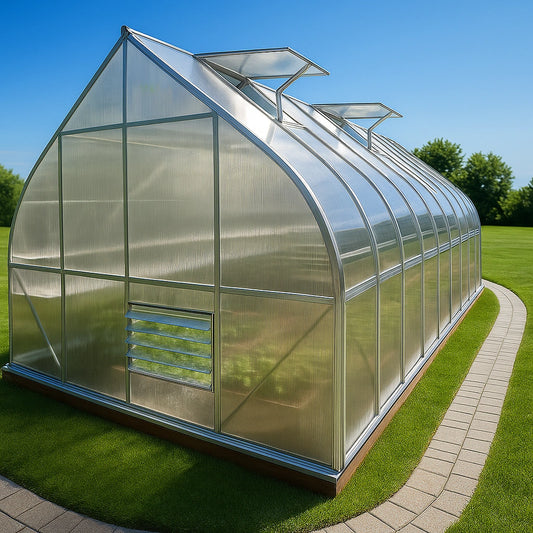
Common Soil Pests & How to Manage Them
Garden pests often lurk underground in roots, seedlings, or tubers making them hard to spot until plants wilt or harvests are damaged. Learn how to identify and control the most common soil-dwelling pests.
Types of Soil Pests
Plants that suddenly wilt or die aren’t always sick, soil pests such as grubs, wireworms, and nematodes can damage roots, tubers, and seedlings, often unseen until yield loss occurs. Identifying these pests early allows you to react before it’s too late.
Earwigs

These small, segmented insects often inhabit soil and mulch. While they mostly feed on decaying material, earwigs can nibble tender roots and seedlings during dry spells. They occasionally surface to feed at night.
Prevention: Remove mulch during hot weather, use diatomaceous earth barriers, and ensure good surface drainage.
Wireworms

Wireworm larvae (slender, yellow-brown worms) attack roots, carrots, potatoes, and onions. Infested tubers show small holes and rot quickly post-harvest.
Control: Rotate crops (avoid consecutive root crops), remove weeds promptly, and avoid leaving fresh organic matter on beds.
White Grubs (Japanese Beetle Larvae)

These chunky, white larvae of Japanese beetles or June bugs feed on roots for 2–4 years, harming potatoes, beans, beets, and carrots.
Control: Dig and remove grubs manually, maintain healthy soil with dense coverings like mulch or wood chips, and consider beneficial nematodes (e.g. Steinernema) as natural control.
Root-Knot Nematodes

Microscopic root-knot nematodes cause root galls (swellings) and stunt plant growth. Commonly affect tomatoes, peppers, eggplant, and root vegetables.
Prevention: Rotate crops, plant resistant varieties (e.g. tomatoes with nematode-resistant rootstocks), solarize beds in summer, and keep beds clean.
Leaf Miners & Onion Flies


Onion flies lay eggs at the base of onions, carrots, or celery. Their larvae burrow into roots, destroying produce in just weeks.
Prevention: Interplant onions near carrots to repel flies, cover young seedlings with row covers, and remove debris promptly.
Cutworms

These nocturnal moth larvae feed on seedling stems at soil level, killing young cabbage, lettuce, tomatoes, and others.
Protection: Deep-fall tillage, crop rotation, and using collars (paper or cardboard) around the stem base help control them.
Slugs & Snails

These mollusks come out at night, feeding on leaves, stems, bulbs, and tubers leaving slime trails behind.
Management: Eliminate hiding spots like boards or mulch, use diatomaceous earth or crushed eggshells around plants, and hand-pick in the evening.
Treatment Options
Soil pests can be controlled with organic strategies or approved chemical treatments. Early intervention is key.
- Organic methods: Beneficial nematodes for grubs and wireworms; diatomaceous earth and biological sprays.
- Chemical insecticides: Use labeled soil insecticides (e.g. imidacloprid or spinosad) following label instructions rigorously, respect wait times and personal protective equipment.
- Integrated Pest Management (IPM): Combine cultural, mechanical, biological, and chemical strategies for long-term control.
Prevention is your best defense. Rotate crops, keep beds clean, monitor soil, and act on the first signs of pest damage. Healthy soil supports stronger plants capable of withstanding minor pest pressure.











